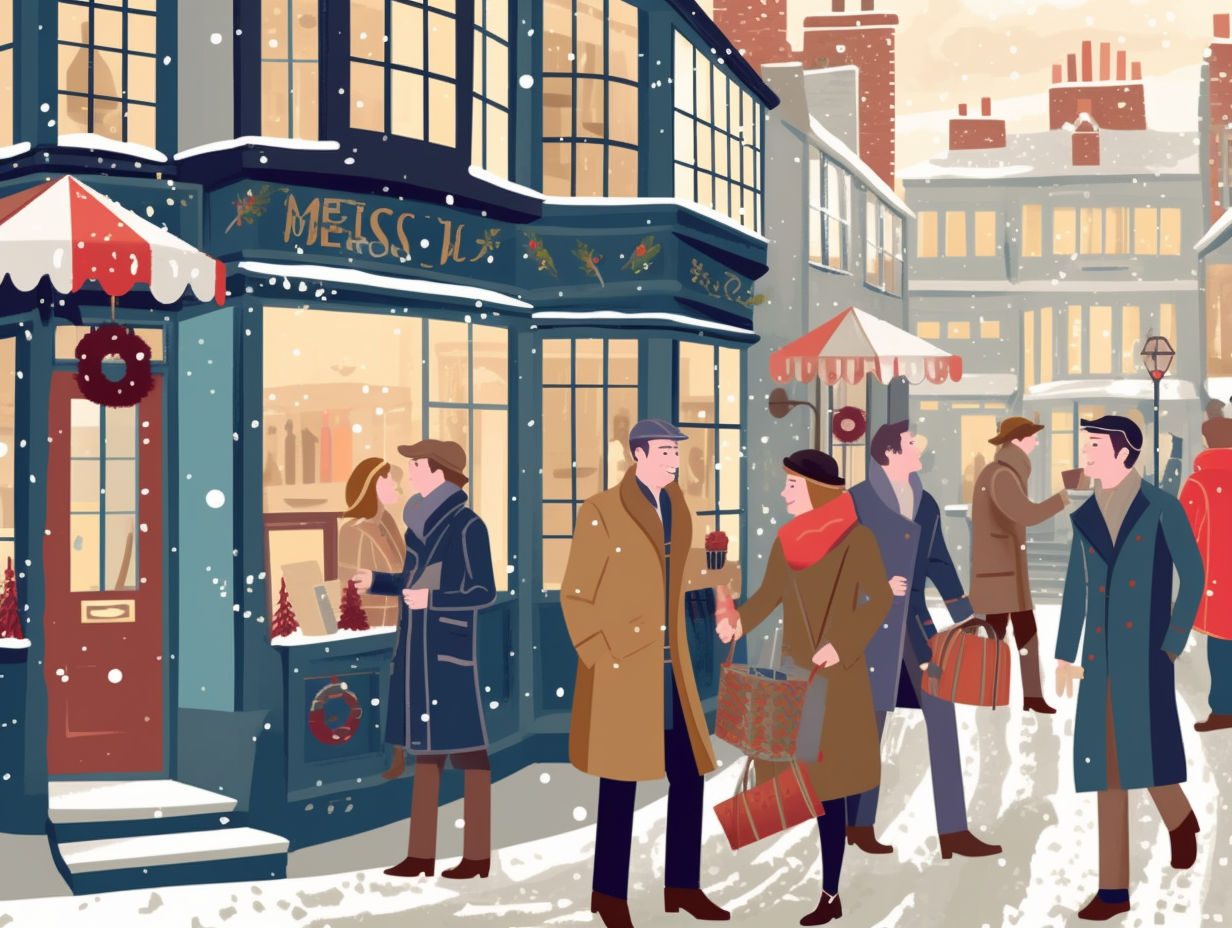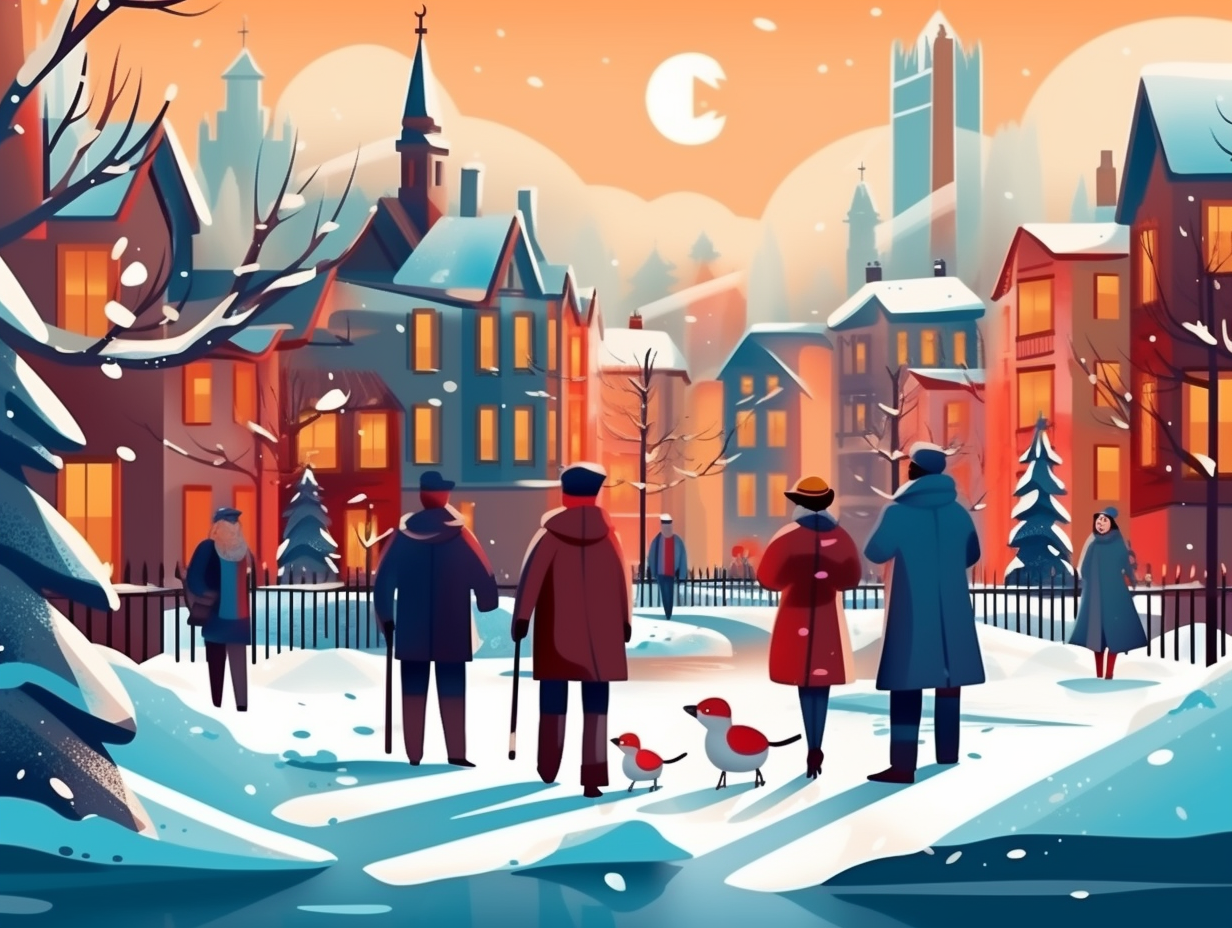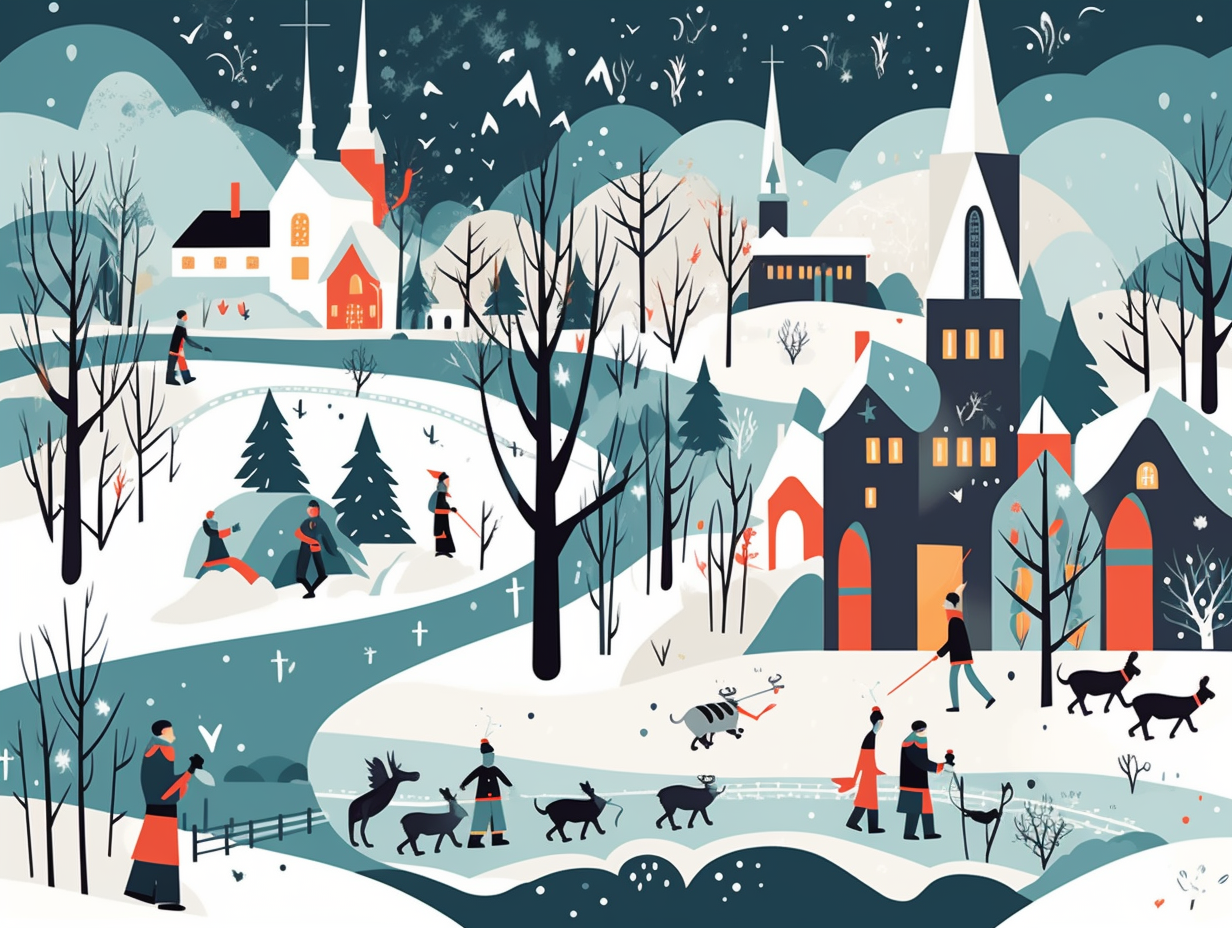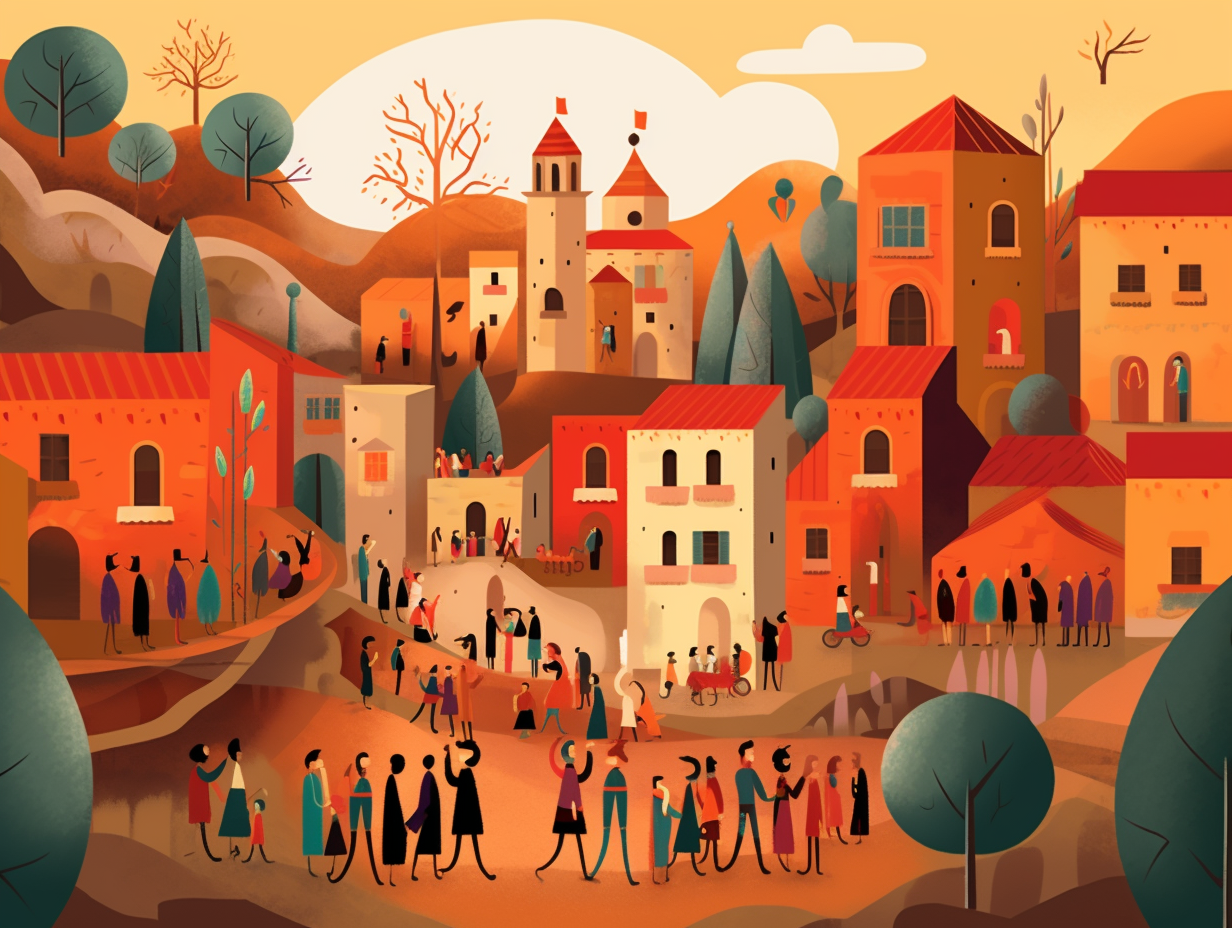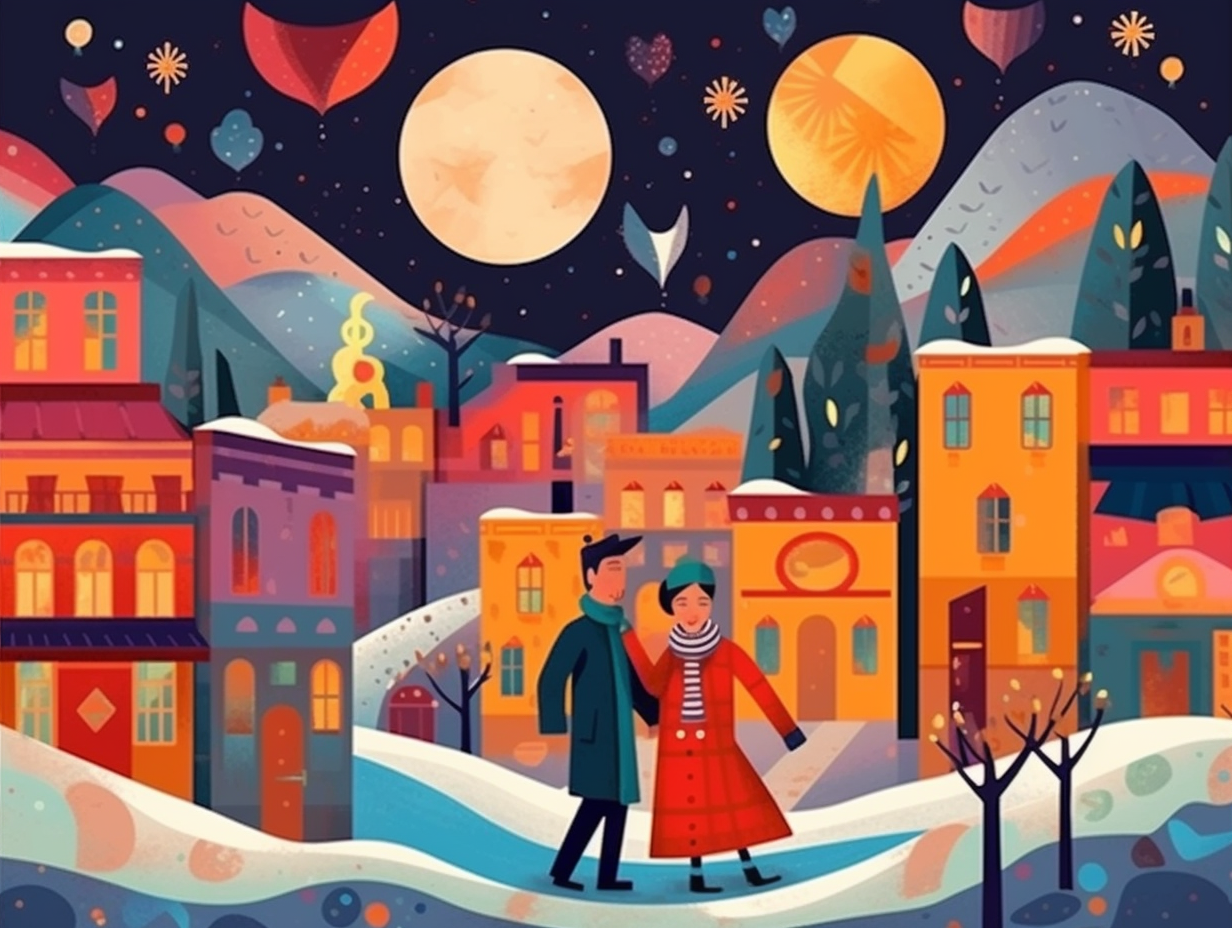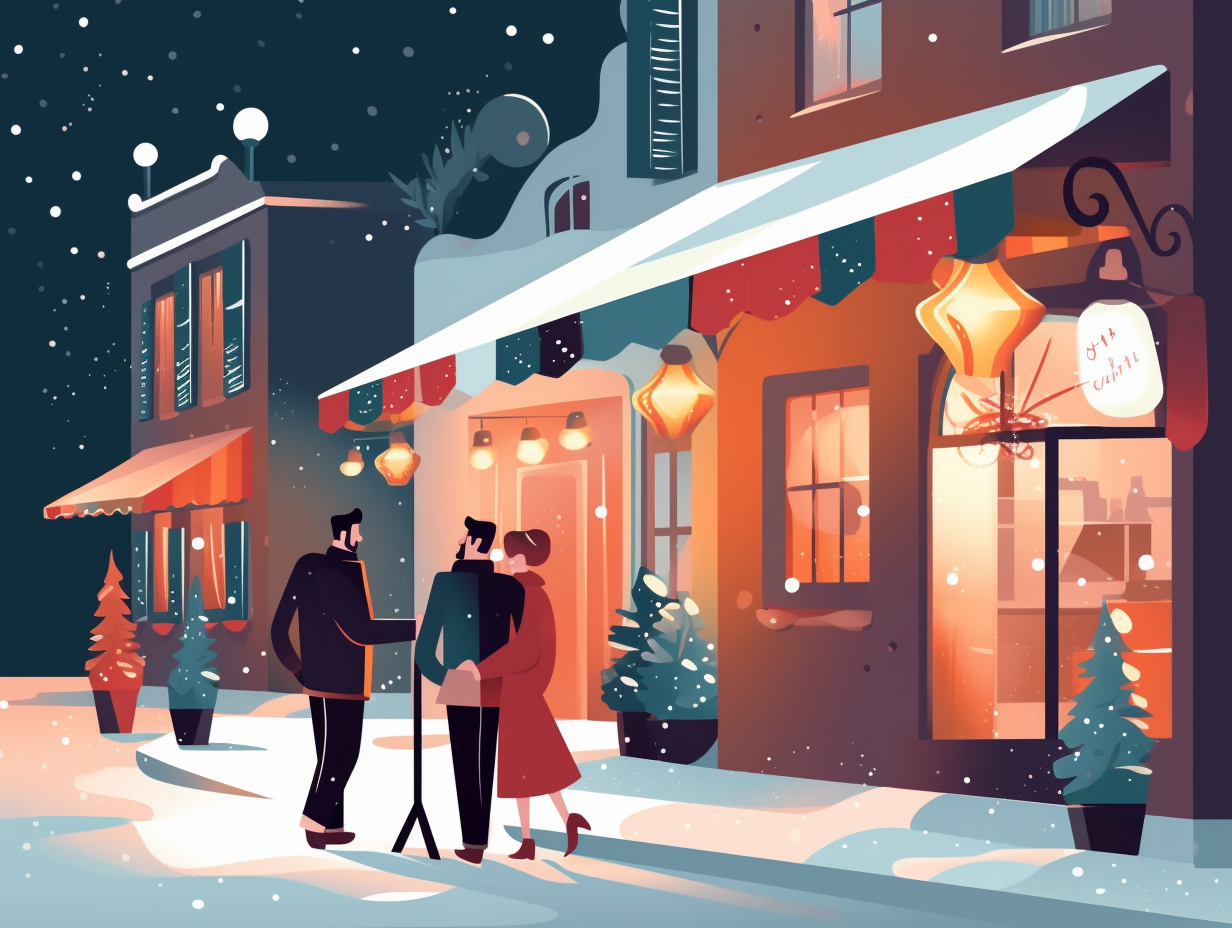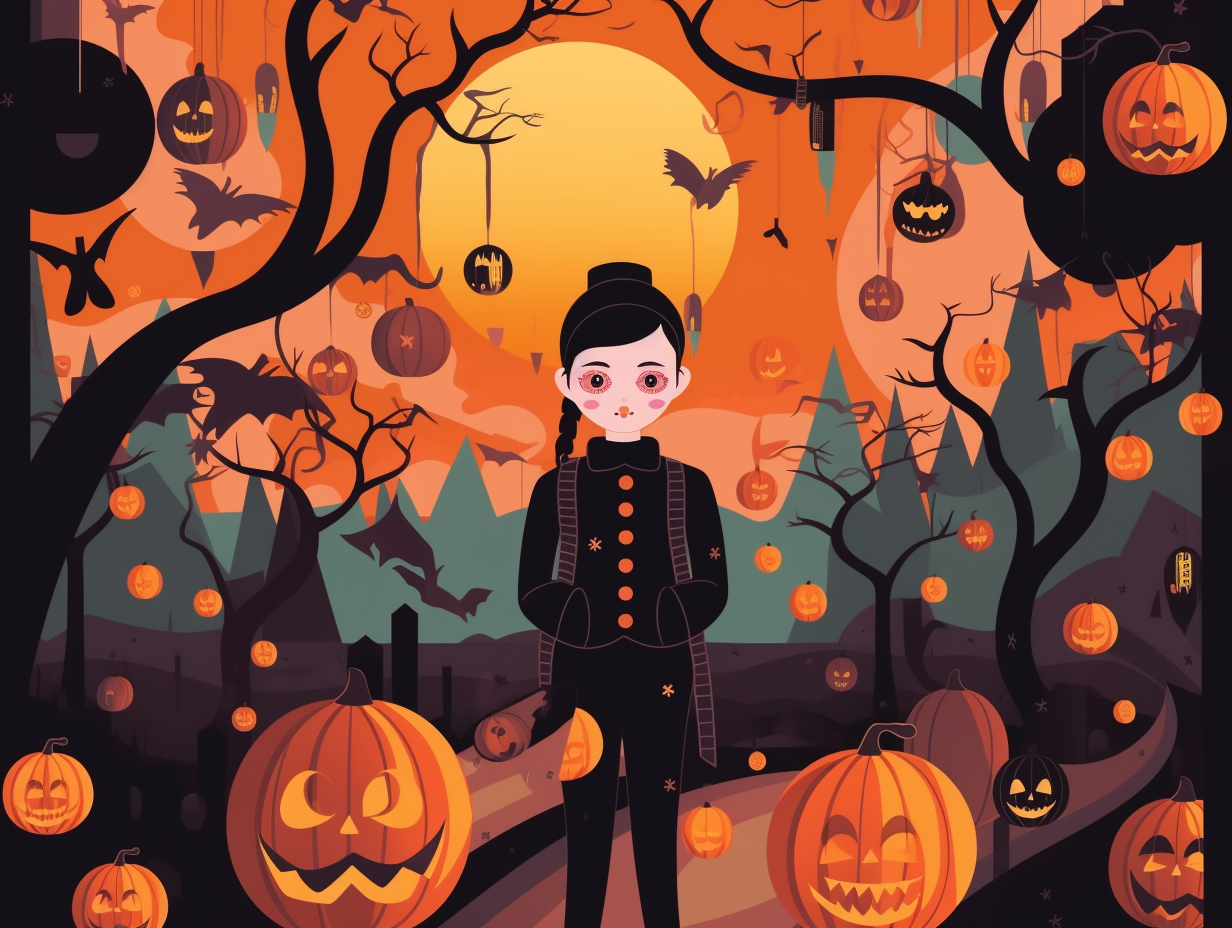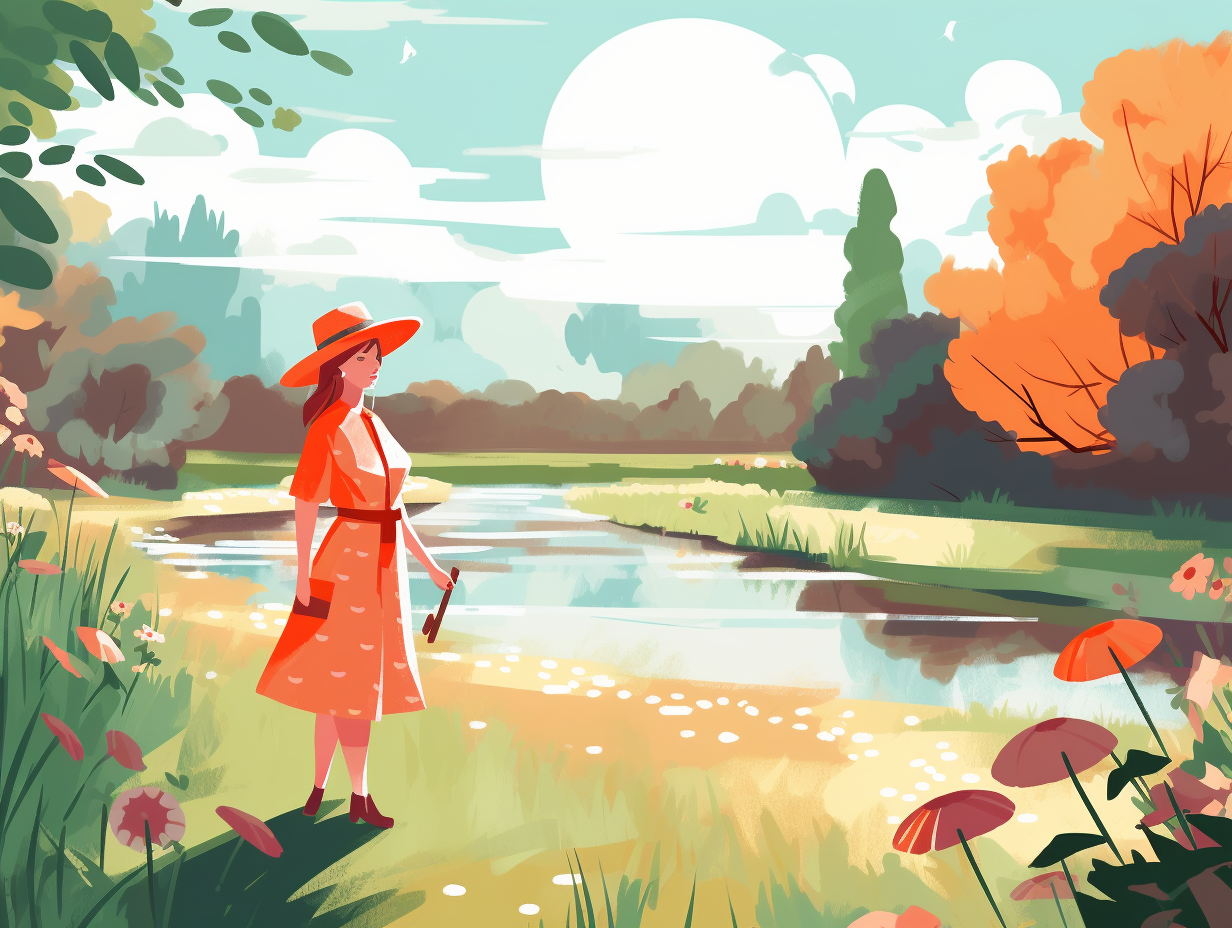9 Joyful Fun Facts About Christmas Carols You Didn't Know
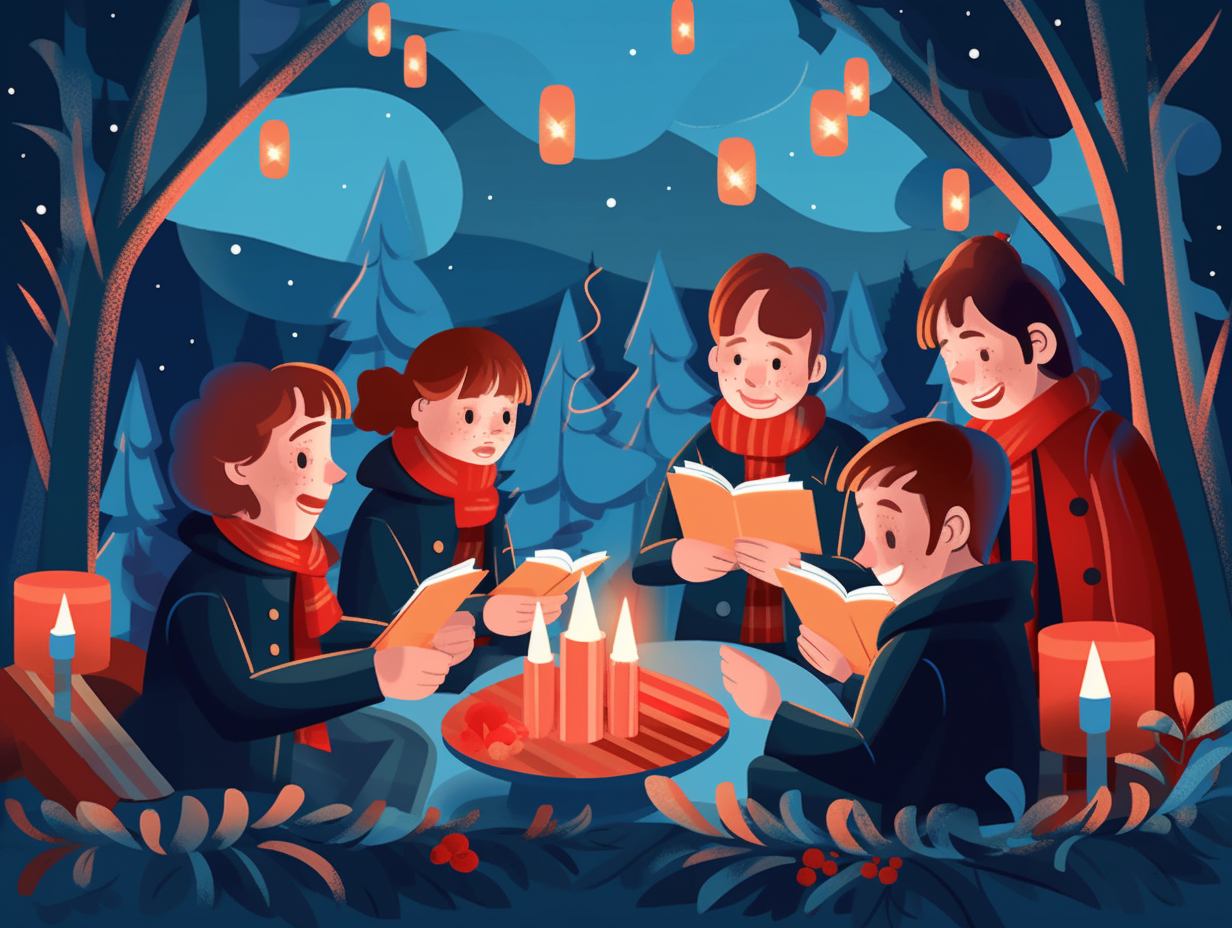
1. Demanding 16th Century Carolers
You might say that "We Wish You a Merry Christmas" carolers were the original trick-or-treaters, showing up on your doorstep demanding figgy pudding and refusing to leave until their bellies were full: In reality, this cheery tune originated in the 16th century as a tribute to the carolers who entertained the aristocracy and became widely popular in the Victorian era after caroling was brought back from its enforced hiatus during the Cromwell era (1647-1660), even though the song was oddly left out of some contemporary music collections.
Source => galaxymusicnotes.com
2. Wassailing: Olden Days Caroling for Food
Forget cash donations and online transactions: back in ye olden days, merry carolers performed door-to-door for food and drink. This wassailing tradition involved English feudal peasants serenading their lords with songs like "Gloucestershire Wassail" in exchange for some festive sustenance, and even continued on to charm orchards in hopes of good harvest for the coming year. While nowadays the word "wassail" sounds more like a fancy new dance move, a nod to this ancient practice lives on in New Year's Day "first-footing" celebrations in Scotland and northern England.
Source => en.wikipedia.org

Indulge in the rich history of Christmas cookies, from their luxurious medieval beginnings with exotic spices fit for royalty to the origins of gingerbread men shaped after Queen Elizabeth I's courtiers! Discover the sweet transition from molasses to sugar and enjoy a glimpse into the past.
=> Fun Facts about Christmas-Cookies
3. Tony the Tiger's Voice in Christmas Carols
Before "they're grrreat!" roared into our lives, and well before Tony the Tiger had paws: Thurl Ravenscroft, the iconic voice behind the cartoon cereal mascot, also lent his legendary vocal cords to Disney animated classics, such as "Mary Poppins," "Pinocchio," "Lady and the Tramp," and "Sleeping Beauty," often performing alongside his quartet, The Mellomen, who even serenaded us with canine crooning in the dog pound scene of "The Lady and the Tramp."
Source => apnews.com
4. First Live Radio Song: "O Holy Night"
Before we had Mariah Carey blasting "All I Want for Christmas" through invisible airwaves, something far holier and string-filled caught the world's ear: "O Holy Night" was the first song to be played live on radio and holds the title for the first live musical performance transmitted over the airwaves. Pioneering Canadian inventor Reginald Fessenden busted out his violin and jammed to the festive tune during a radio broadcast on Christmas Eve in 1906, reaching eager ears up to 12 miles away and marking a watershed moment in radio tech development.
Source => washingtonpost.com
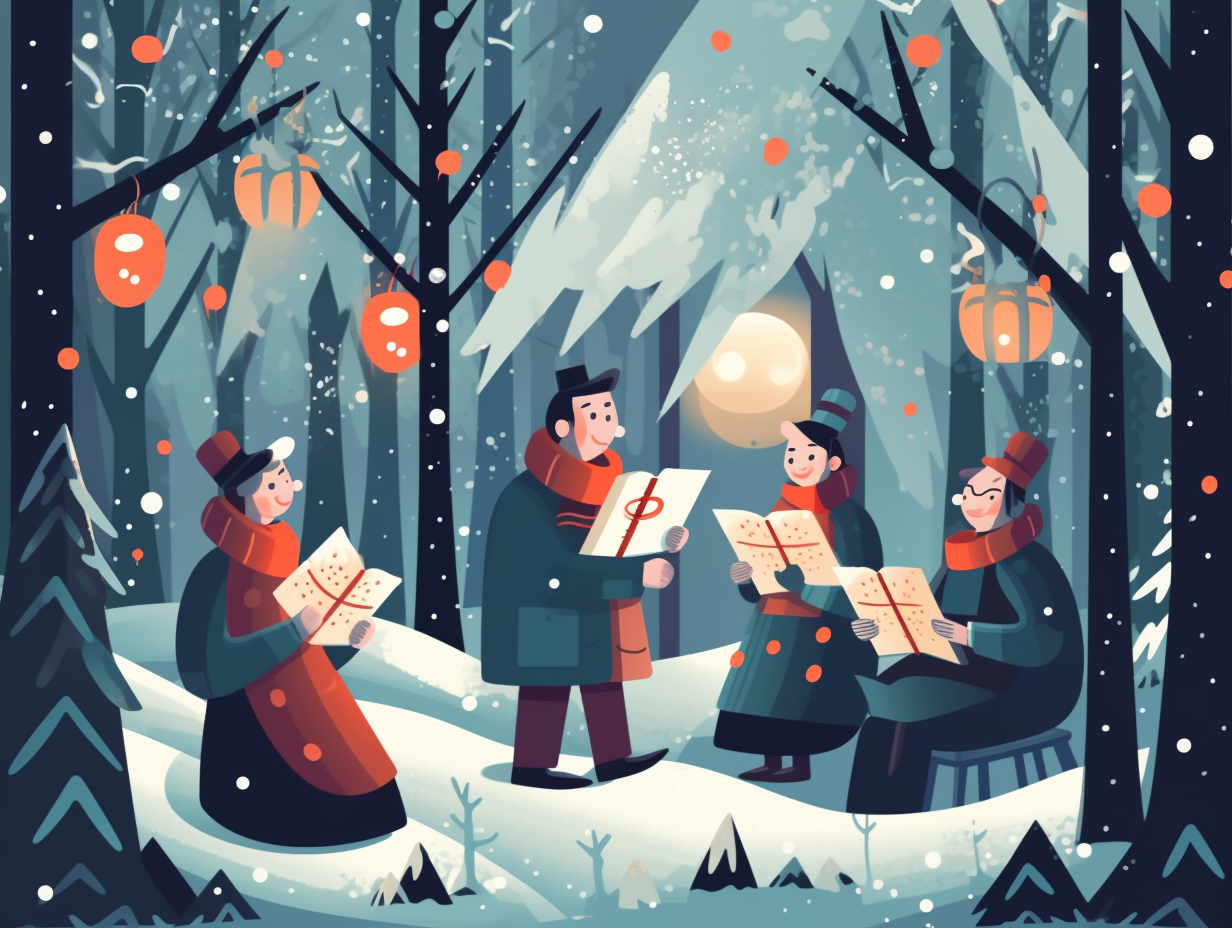
5. Broken Organ Birthed "Silent Night"
Once upon a broken organ and a strumming duo who refused to let Christmas Eve be silent: "Silent Night, Holy Night" was first publicly serenaded in 1818 at the St. Nicolas Church in Oberndorf by Joseph Mohr and Franz Xaver Gruber, using nothing but a guitar and their angelic pipes to compensate for the kaput instrument.
Source => silent-night-museum.org
6. "God Rest Ye Merry, Gentlemen": A Secret Code
When Cromwell played the Grinch and cancelled Christmas, nary a carol escaped his watchful eye, save for one sneaky tune with a cryptic message for revelers: Turns out, "God Rest Ye Merry, Gentlemen" was a stealthy signal for party-loving gents to keep up the Yuletide cheer in secret, thanks to an anagram hidden in that seemingly innocuous word "rest."
Source => shorelinemedia.net
7. "Jingle Bells" Composer's Family Feud
Christmas Carols: A Tale of Two Sides - When "Jingle Bells" plays, you'd hardly expect that its composer's family tree would resemble a Civil War battlefield etched with harmonious strife: James Pierpont, the composer of the jolly tune, was a wild rebel who served in the Confederate army during the great divide, while his father strummed a solemn tune on the Union side, taking up the mantle of chaplain.
Source => history.com
8. Ancient Origins of "O Come, O Come, Emmanuel"
Long before Kanye West's "Yeezus" and Justin Bieber's "Under the Mistletoe," there was a Christmas jam that put all others to shame: "O Come, O Come, Emmanuel" dates back to the 12th century, and was adapted from even older Latin antiphons sung in 8th or 9th century monasteries. Its melody took a leisurely medieval trip from 15th-century France to finally meet its soulmate lyrics in the 19th century, so that today it graces us with its timeless tune in Christmas carol books around the world.
Source => en.wikipedia.org
9. "Carol of the Bells": Birthed by a Migrating Bird
Can you believe that the "Carol of the Bells" is actually the musical love child of a migrating bird and a friendly Ukrainian composer? It's almost as if the swallow sang, "I've got this catchy tune, care to add some notes?": The melody of the Christmas favorite was originally created by Ukrainian composer Mykola Leontovych in 1914, based on four notes found in an anthology and inspired by a Ukrainian folk chant called "Shchedryk". The song tells the story of a generous swallow bringing good tidings for the upcoming year. The catchy tune winged its way to the US after a 1922 Carnegie Hall performance, where new English lyrics focusing on bells were added by Peter J. Wilhousky, transforming it into the well-known "Carol of the Bells" we jingle all the way with today.
Source => en.wikipedia.org
Related Fun Facts




